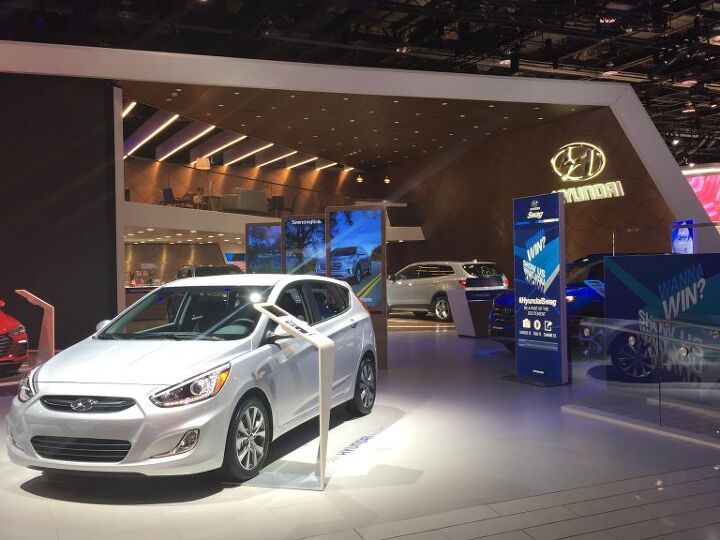#Architecture
BMW Faces a Choice: Go Big on EVs, or Risk Falling Behind
BMW’s approach to the next frontier of driving propulsion has been an incremental one. First, electrification in a couple of oddball niche cars; then, plug-in hybrid versions of more conventional models. The fully electric vehicles coming down the pipe share their versatile architecture with existing models containing more conventional powerplants.
It’s cautious, and it’s certainly the approach most American automakers would probably prefer to take themselves. Alas, Germany is not America. EU regulators regularly crack the whip, startling execs who built their careers on dishing out gas and diesel offerings. Go green in a big way, now, or be slowly asphyxiated by a blanket of regulation that penalizes builders of emissions-heavy fleets.
It’s no wonder BMW’s works council wants top brass to stop dipping their toe in the deep end and just jump in, already.
Platform Watch: With Merger Pact, Fiat Chrysler Looks Forward to PSA Underpinnings
In the binding merger agreement signed Wednesday, Fiat Chrysler and PSA Group claim platform and technology sharing will account for 40 percent of the combined entity’s annual cost savings.
While the agreement made passing mention of two pieces of PSA architecture — platforms that will one day make up a full two-thirds of the merged company’s volume — nothing more was said of that particular plan. Still, it’s something worth talking about.
Vellum Venom: 2017 North American International Auto Show (Part I)
Vellum Venom Vignette: Auto Dealership Design?
I enjoy highlighting automotive design, yet cars aren’t everything: architecture happens. So let’s combine ’em for the world of automotive retailing.
1949: Architectural Illustrators Need Tailfins To Sell Buildings!
While waiting for my wife to stagger out of the dentist’s chair after a root canal, I grew bored with the October, 1994 issue of Highlights and other similar waiting-room reading material and noticed this painting on the wall. It turned out to be the illustration made by the Denver architectural firm that built the dentist’s office building, back in 1949.




















Recent Comments